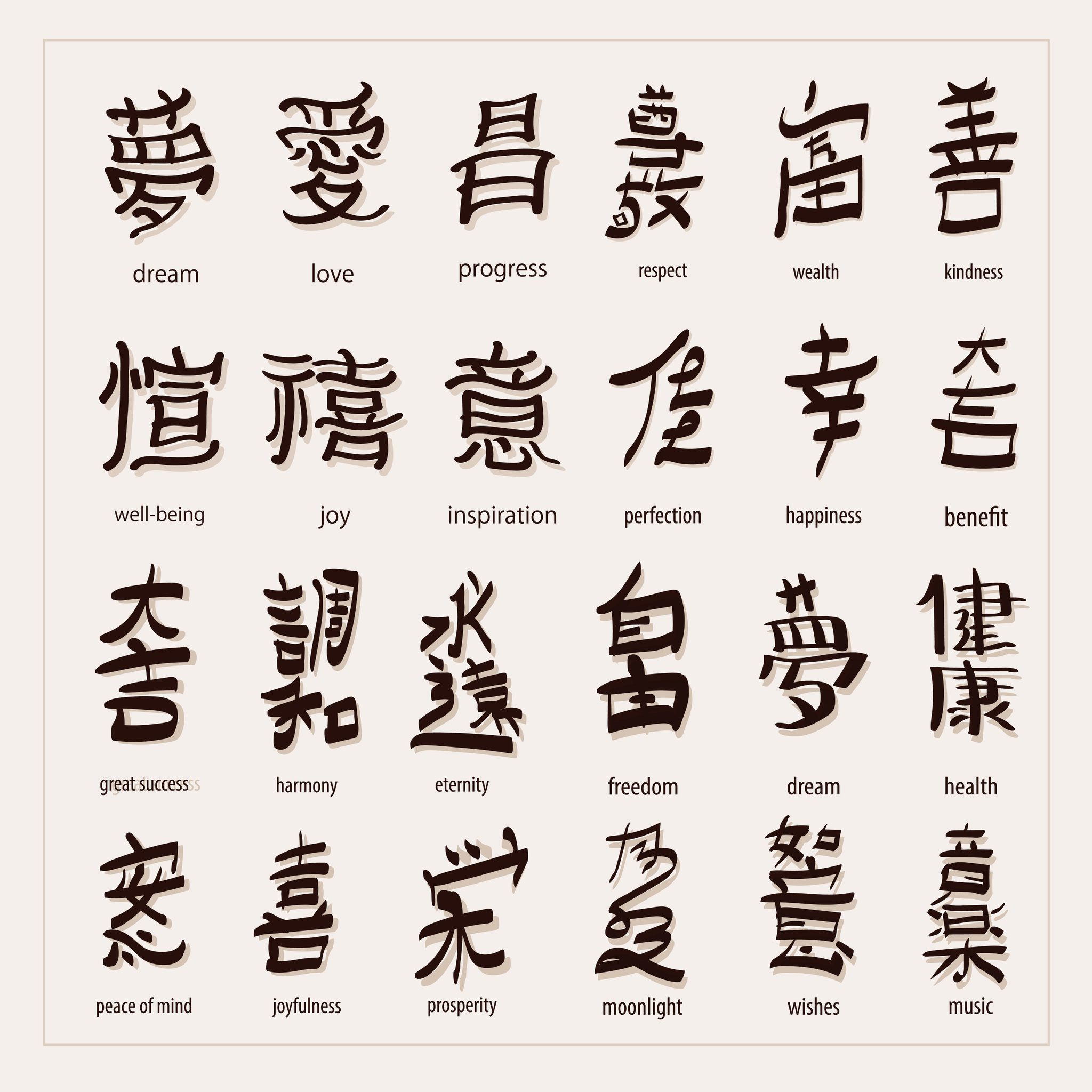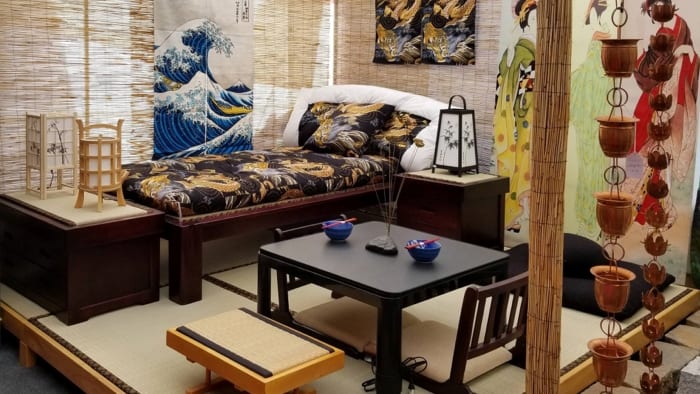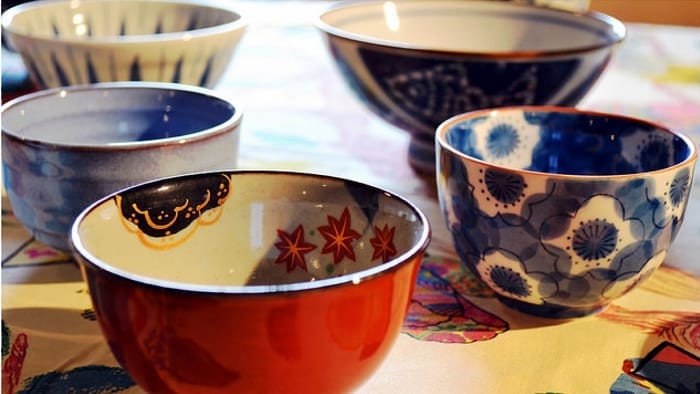“Chanoyu” means “hot water for tea,” but it is also the term for the traditional Japanese Tea ceremony. A historical part of Japanese Tea Ceremonies and is a form of art and of spiritual cleansing influenced by Zen Buddhism practiced all over the nation to this day. All aspects of chanoyu are heavily ritualized and codified, so no matter where you go, the procedure is the same.
Chanoyu
Chanoyu, like many aspects of Japanese tradition, originates from Chinese culture and religion. It was brought to Japan by a Buddhist monk who had returned from a voyage to China during the 9th Century. He brought along with him powdered green tea from across the waters, which he then served to Emperor Saga in a formal presentation. Soon after, the act of drinking tea transitioned to a masterful art that aims to teach the importance of purity, tranquility, harmony, and respect between people.
Matcha
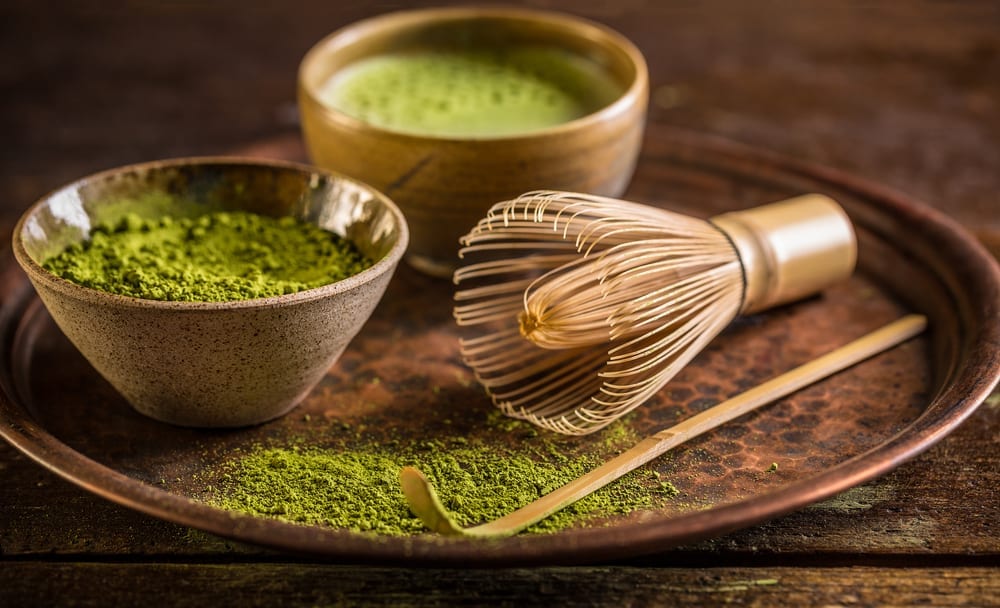
To hold a tea ceremony, the host first needs matcha — powdered green tea — and small sweets called Kashi to cut the tea’s bitterness. After the host has the supplies, you must follow the ritual of gathering and drinking the tea to the letter for the ceremony to proceed. Every act has its own spiritual meaning that each attendant takes very seriously.
How to Hold a Tea Ceremony
Before the Japanese ceremony, each guest must walk through the house’s garden path, traditionally called “roji,” meaning dewy ground. This purifies the guests, symbolizing the removal of the dust of the world before the ceremony. Upon reaching the end of the path, they wash their hands and mouth to cleanse themselves further. Then, they enter through the path’s low exit into the machiai (waiting room), which forces them to make a bowing motion, a sign of humility, honor, and respect to the host. The host bows in return to greet them, then go to prepare the chashitsu. If the ceremony is a formal one, the host may serve a three-course meal beforehand; otherwise, simple sweets precede the tea’s serving. Guests exchange pleasantries quietly and eat, and when the host is ready, everyone enters the tea room.
Preparing Tea
The host cleans the tea container, matcha scoop, whisk, and serving bowl using ritual motions to prepare the tea. Then, the host scoops out matcha powder into the guests’ tea bowl, with three scoops for each guest. Hot water is added, and the host whisks the water and powder together into a soup-like consistency with just a bit of foam on top. The first guest takes the bowl of mixed tea from the host. In fact, both exchange bows, and then the guest compliments the tea bowl’s aesthetics before rotating it. After drinking, each guest wipes the edge of the bowl and hands it to the next guest. At that point, the host cleans all the utensils again, and the guests bow before leaving the tea room.
The Meaning of the Tea Ceremony
Chanoyu’s ritual is not as simple as it sounds, and even those well trained in its procedure may still fail to do it properly every time. It is a meditative practice and focused. The guests are expected to think about its nature during the ceremony. They are to leave their worldly concerns behind and focus on the beauty in ordinary things. Idle talk and gossiping are discouraged, but a verbal appreciation of the ceremony itself is welcome.
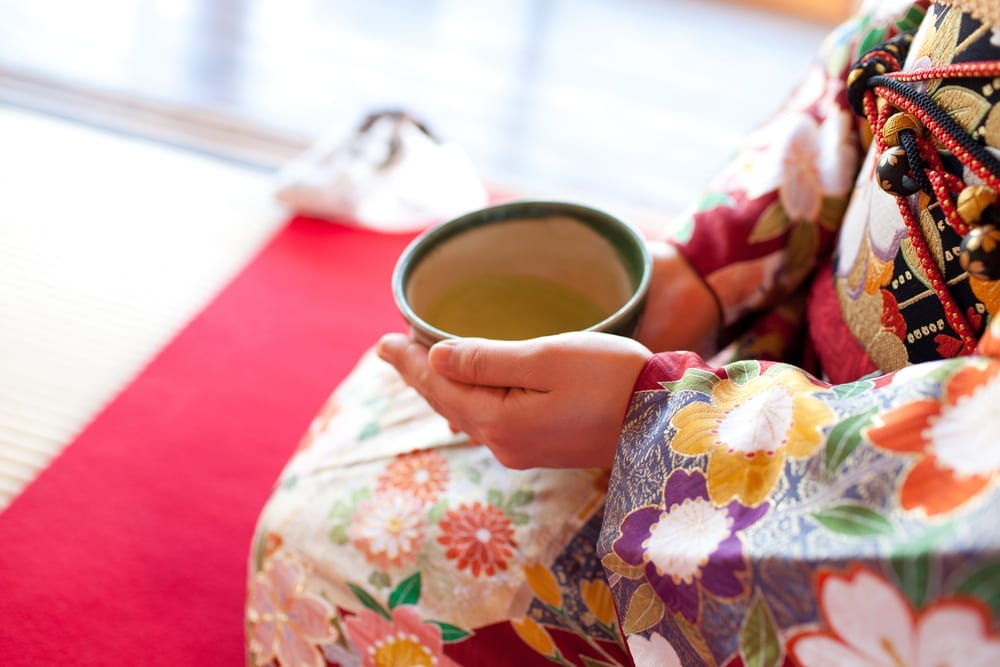
Throughout the tea ceremony, participants are expected to learn harmony, respect, purity, and tranquility. Chanoyu is a practice that you must learn – it must be mastered and experienced to understand its meaning and spirit truly. If you have more questions about the traditional Japanese Tea ceremony, email us here.

